Workmen uncover Hartlepool Anglo-Saxon burial site while rebuilding a wall
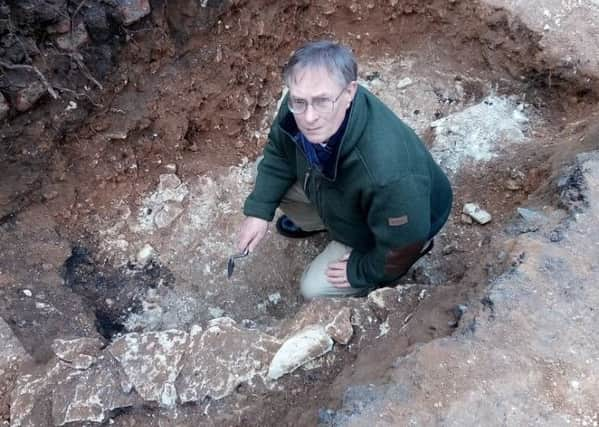

Remains of at least six people and the corner of a building believed to date back almost 1,400 years have been uncovered by archaeologists in an alley behind Gladstone Street.
They are believed to be from Anglo-Saxon times when Hartlepool was home to one of the most important monasteries in the North of England.
Advertisement
Hide AdAdvertisement
Hide Ad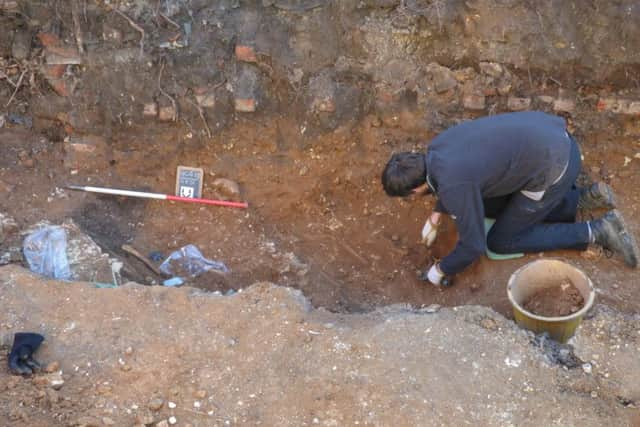

Council workmen uncovered some bones close to the surface when they went to lay the foundations for a new wall after the old one collapsed during strong winds last year.
Robin Daniels, of Tees Archaeology, said: “We have been on site and excavating and found remains for at least six individuals.
“They almost certainly date from the Saxon period, which is anywhere from 650 AD to 800 AD.
“They seemed to be up against a stone structure, which suggests it may be a little chapel or something like that.
Advertisement
Hide AdAdvertisement
Hide Ad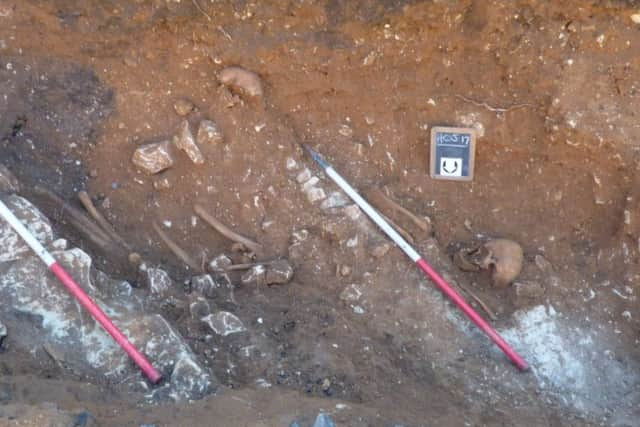

“It is almost certainly part of the monastery that became St Hilda’s. We don’t think these remains are monks however, as there are at least two children and one female.
“The cemetery is probably for ordinary people but they are there because they want to be close to the monastery.”
According to records, the monastery at Hartlepool named Heruteu – meaning the island of the hart or stag – was founded by the nun Heiu in the 640s AD shortly after Lindisfarne and before Whitby.
Another Saxon cemetery was found on the other side of Gladstone Street in the 1960s.
Advertisement
Hide AdAdvertisement
Hide Ad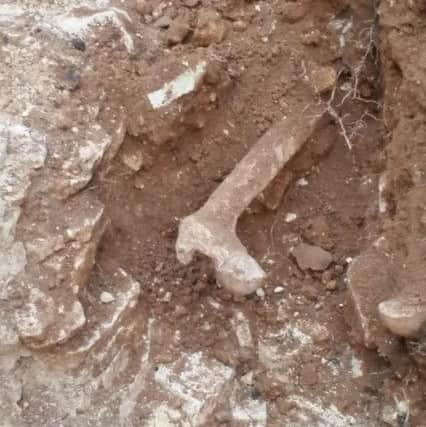

Robin said: “We knew about the previous finds so this immediately set off alarm bells when we heard about it.
“The remains were only about half a metre down, which caught everybody a bit by surprise.”
All the remains of the current find have been removed to be cleaned up and for more detailed scientific tests to prove their age.
Archaeologists are not able to explore the site any further due to its proximity to houses and service access required to the alley.
Advertisement
Hide AdAdvertisement
Hide Ad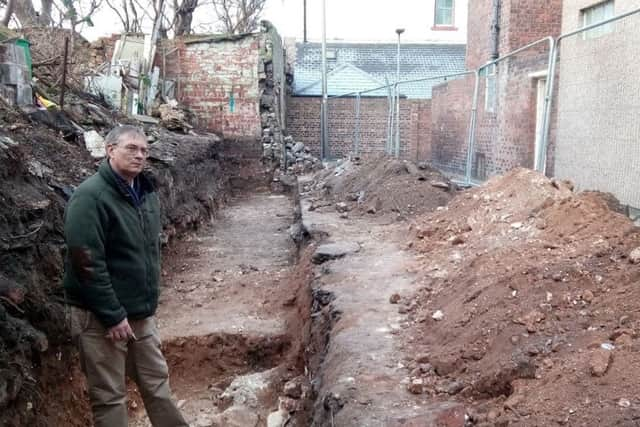

“It is one of those tantalising things you get in archaeology but cannot do anything about,” added Robin.
Tees Archaeology, which is part of Hartlepool Borough Council and operates throughout the Tees Valley, will produce a report on the discovery on its website in a few months’ time.